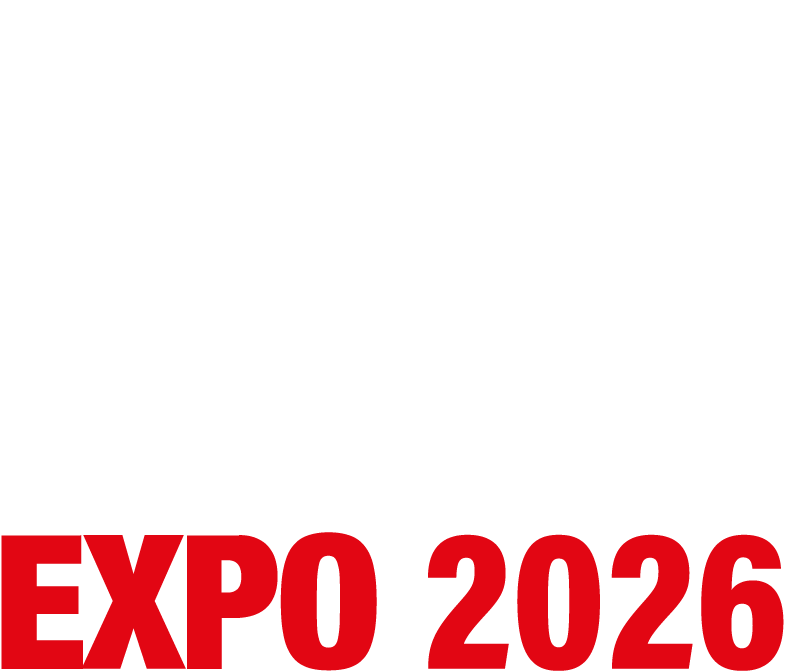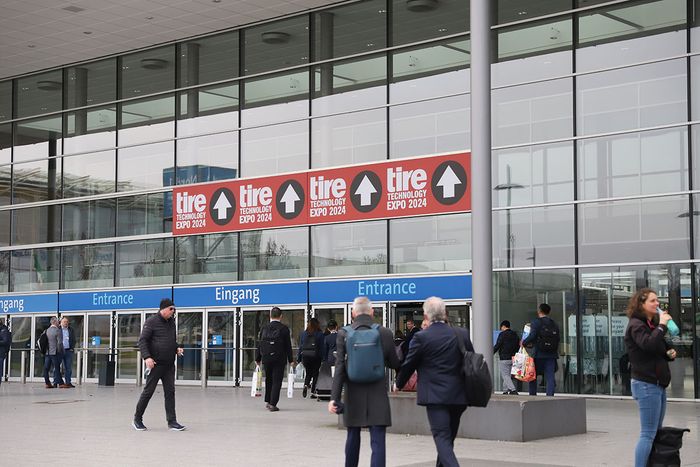Welcome and introduction
Dr Xiaosheng Gao
Department of Mechanical Engineering, College of Engineering and Polymer Science
The University of Akron, Akron, OH, USA
09:30 – 16:30 (Complimentary lunch 12:00-13:00)
Tire components, tire compounds and tire materials
Dr Annette Lechtenböhmer
Goodyear Innovation Center, Luxembourg (retired); associate editor, Tire Science and Technology Journal
This lecture gives an overview of the tire components, the demands on their compounds and the use of materials in these compounds. It attempts to make the connection between the role of components in a tire, the compound requirements of these components and the raw materials and cure which results in the desired compound properties. The lecture wants to close the loop between the raw materials and reinforcements used, the compound properties, tire preparation and cure, and final tire properties. The lecture will cover:
- A short introduction
- Components of a tire and demands
- Tire compounds and their materials, including polymers, fillers, additives, sulfur and curatives
- Tire structures and composites, textile cords, wire, carcasses, beads, and belts
- Processing, including mixing, calendaring, and extrusion
- Tire building

